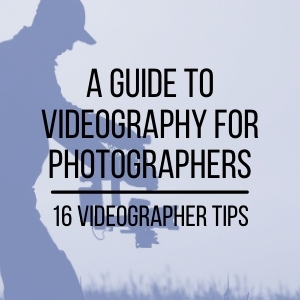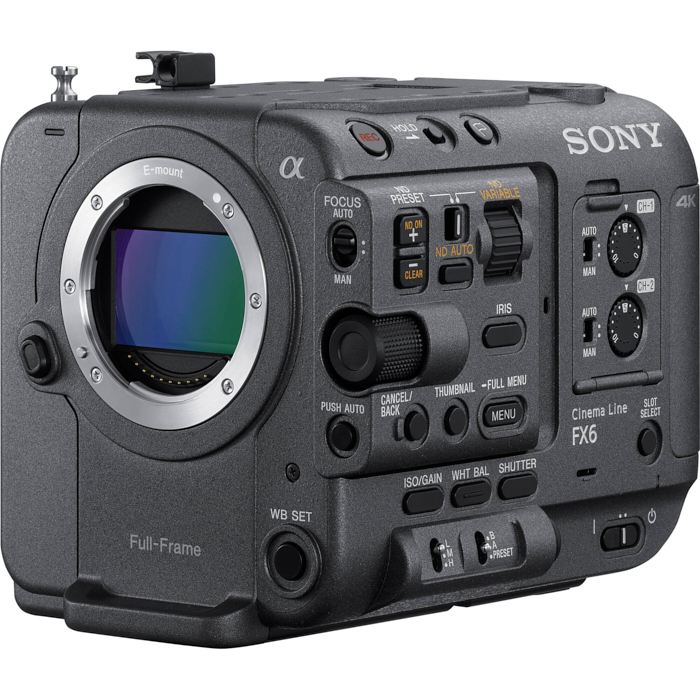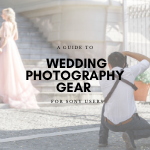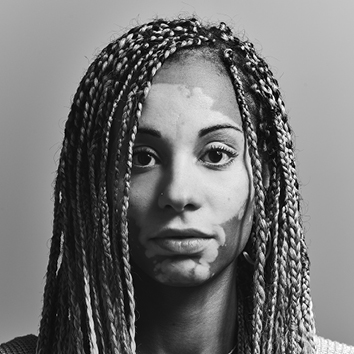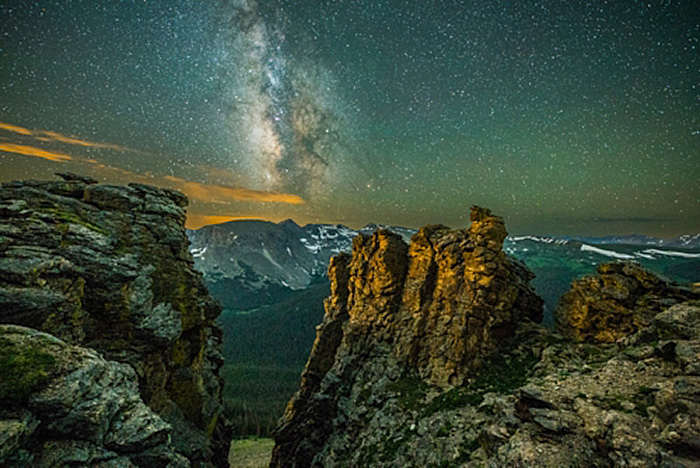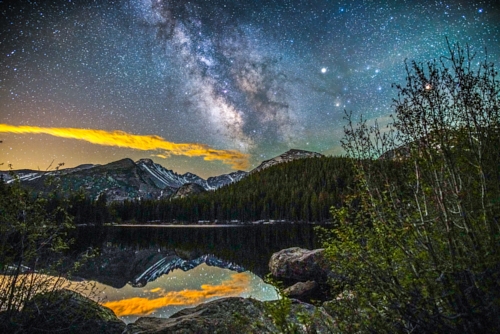Update: This is Part 1 of a multi-part series. When you're done with this post, check out Astrophotography Part 2 here.
The night sky is captivating, and has been so since mankind has been able to look up and wonder what all of those little points of light really are. If you’ve ever been camping or taken a cross country road trip, you’ve likely looked up at night and been shocked by how many stars are up there, especially when compared to a city’s night sky. Its natural to want to record something so impressive, and with summer just around the corner for optimal galactic center viewing in North America, we thought we’d go over a few methods that will help you get the most out of your next night out in the wilderness.
Astrophotography is a huge topic with a multitude of variables. For the purpose of this post, we’ll focus on a primer to photographing still images of the milky way with more posts to follow for more in-depth looks at post production and time lapse photography.
Preparation
Location, Location, Location
The first thing to consider when planning to photograph the night sky is location. Where you’ll be setting up to shoot is particularly important for a variety of reasons which we’ll get to later, but mainly because of light pollution. You’re guaranteed to have an easier time shooting miles away from the nearest town than you would shooting just outside of one. That being said, its possible to still get some impressive results just outside of the city, though you might need to take advantage of some special light pollution filtration, need a different approach to post processing, or at the very least, to manage your expectations.
If you’re not sure where the best area is around you to capture the night sky, there are several different resources available in the form of websites and apps like www.lightpollutionmap.info. There are probably some books out there too, if you’re into that. Just keep in mind, the darker the better.
You’ll also want to consider the kind of image you’re trying to make. Taking photos of nothing but the night sky can be rewarding, no doubt, but including part of the earth grounds the composition (ha) and can make for a more dynamic image. Something like a tree or rock formation in the foreground provides a sense of place and can be more palatable since it turns your astrophotography into a landscape.
Lastly, but perhaps most obviously, consider the weather. If its cloudy you probably won’t see too many stars. And a pro-tip: don’t just check the weather of your location, but also check the weather in the areas towards the direction you’ll be photographing. If you have to face south to photograph the milky way, check the weather of the areas several miles south of you.
©Eric Michalski
Time of Year
Yes, this is one most of us wouldn’t consider, but time of year plays a large part in astrophotography, particularly if you’re shooting the milky way. In North America (where we’re located) the best time of year to photograph the milky way, and subsequently the galactic center, is in the summer months of June-August, though the galactic core can also be seen during the spring and fall. You can also see the milky way during the winter, but you’re viewing will be of the outside arm of the milky way.
Camera
Though you can take beautiful images of the night sky with almost any camera, you’ll best be served by a camera with a full frame sensor and good ISO performance like the Sony A7sII, Sony A7RIII, Canon 6D mkII, and Nikon's D850. These camera bodies allow for the widest angle lenses to be used and least amount of noise to be captured resulting in great image quality.
Lenses
Perhaps the most important piece of a good astrophotography kit, a fast wide angle is the typical go-to for photographing the milky way. The name of the game in astrophotography is letting as much light in as possible for as long as possible without creating motion blur (more on that later). Therefore, the fastest aperture you can find will give you the best quality for soaking up the tiny bit of light the stars give off. If you’re picky, you’ll also want to look around for lenses that perform well in the corners, which can be particularly difficult for wide angle lenses.
As with essentially all lenses, image quality is best in the center and can suffer in the corners, and most notably in the case of astrophotography, in the form of comatic aberration, or coma. Coma presents itself in astrophotography by rendering stars with tails like a comet or wings instead of points of light. This is often most visible in the corners of wide angle lenses, though any focal length could suffer from comatic aberration.
The best lenses for astrophotography will exhibit as little coma as possible, have the fastest aperture possible, and when photographing the milky way along with the landscape, be as wide as possible. One of the best options available is the Sigma 14mm f/1.8 Art, which checks all three boxes. Other good options are the Sigma 20mm f/1.4 Art and Rokinon 14mm f/2.8.
Tripod + Head
You’re going to want a solid tripod that won’t shake at the sight of a small breeze. Photographing the night sky requires fairly long exposures, so you’ll need a heavy-enough tripod like the Manfrotto 055XPro Tripod Legs paired with a head like the Manfrotto MH055M0-Q6 Ballhead to make sure your camera stays put.
Trigger
While mainly used for time lapse photography, a remote trigger can also be useful for capturing single still images while shooting long exposures. Any vibration could result in a blurred image, so unless you’re a kung-fu master with incredible body control (and even then), you’ll want to either use a remote trigger such as a Vello Shutterboss or put a short timer on your camera, allowing it to settle after you’ve manually tripped the shutter.
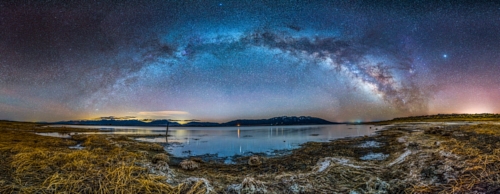
©Eric Michalski
Method
There are many ways to make images of the night sky, each varying in required time as well as complexity, practicality, and time spent in post production. For this post we’ll focus on capturing images with single exposures, but will likely expand on other methods in later blog posts.
Setup
After you’ve set up your camera and tripod, you’ll need to compose your image using live view. It can be helpful to bring a flashlight or laser pointer to help get your bearings in your composition, as well as when manipulating camera settings.
Focus
Some lenses will allow you to focus straight to infinity and the stars will be as in-focus as they can be. Other lenses have more play and can actually focus beyond infinity. A good method for achieving focus on the stars is to focus as far towards infinity as possible and take a test exposure. Zoom in to the image on the rear LCD and check to see how “large” the stars are, paying special attention to where the brightest stars are in the frame.
Next, open live view and zoom in to 100% on one of the brightest stars you saw in the test image. Slowly move focus in and out until that star is the smallest point of light you can make it.
If you’re including foreground interest like a rock formation or a mountain range, you may not be able to get that and the stars in perfect focus, so you may have to choose between the two or find a middle ground to get both in acceptable focus. A second option is to take an exposure for the stars and another exposure for your foreground and combine them in post.
Exposure
Exposure is crucial for astrophotography, particularly for non-composites. You’ll be shooting in RAW which allows you to change white balance in post, as well as have a great deal more control over exposure. Still, getting a good exposure in camera will go a long way towards better image quality. When possible, its best to “expose to the right” for astrophotography. That is, if possible, overexpose the image slightly. When shooting at higher ISOs its much easier to pull exposure back in post than boost it up while maintaining acceptable noise levels.
Set the aperture to wide open. Next, set your ISO high, but not too high. As you increase ISO, you also increase noise. For single exposures it can be difficult to remove excessive noise while also maintaining good detail in the sky, resulting in a muddy image. “Too noisy” depends on the camera you’re using, as well as your own personal preference. One person may think ISO 12,800 on the A7RIII is unacceptable while another person may think its perfect. Do some testing or ISO bracketing to determine your preference. ISO 6400 or 12,800 is a good place to start for modern cameras.
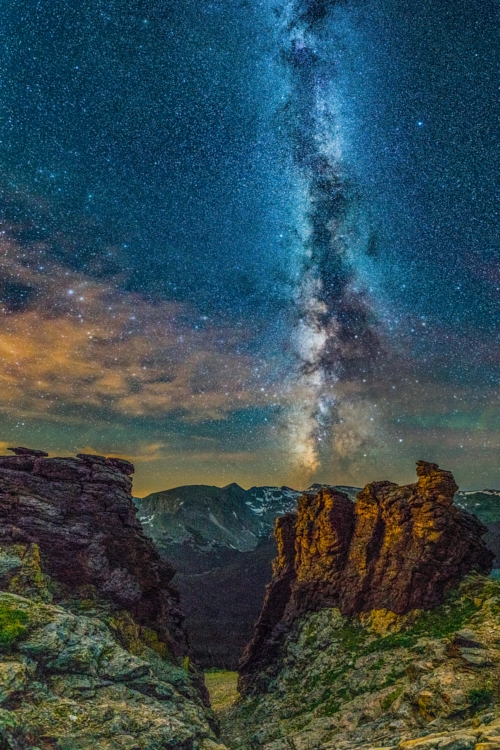
©Eric Michalski
Next, set your shutter speed. This part gets a little funky because you have to think about motion blur of the stars caused by the rotation of the earth. You might think that the longer exposure the better for gathering as much as light as possible, and while you’d be correct, you do so at the loss of pinpoint stars. While imperceptible to us, the earth does rotate at a fairly decent pace. After about ~30 seconds you’ll start to see star trails forming in your image which can be distracting. You’ll have even less time for longer focal lengths.
To determine the optimum shutter speed for capturing the stars with your given lens, you can use what is called the 500 rule. Dividing 500 by the focal length of the lens you’re using. The result will give you an idea of the longest usable shutter speed to prevent star trails. For example, if you’re using a 14mm lends, 500 divided by 14 = ~35. Rounding down gives you a bit of a buffer, so in theory, when using a 14mm lens you should be able to shoot for as long as 30 seconds before seeing star trails.
Once you’ve set your aperture, found your shutter speed, and have your preferred ISO, its time to take some photos. The above should lay a good foundation for getting some still images for the milky way, but there’s a lot more we can consider to achieve some truly stellar images. Stay tuned for more!
This is Part 1 of a multi-part series. Now that you're done with this post, check out Astrophotography Part 2 here.
Want to shoot for the stars but don't know what to use? We've got an Astrophotography kit pre-built for you. The best part is you can rent everything you need for 15%off!


